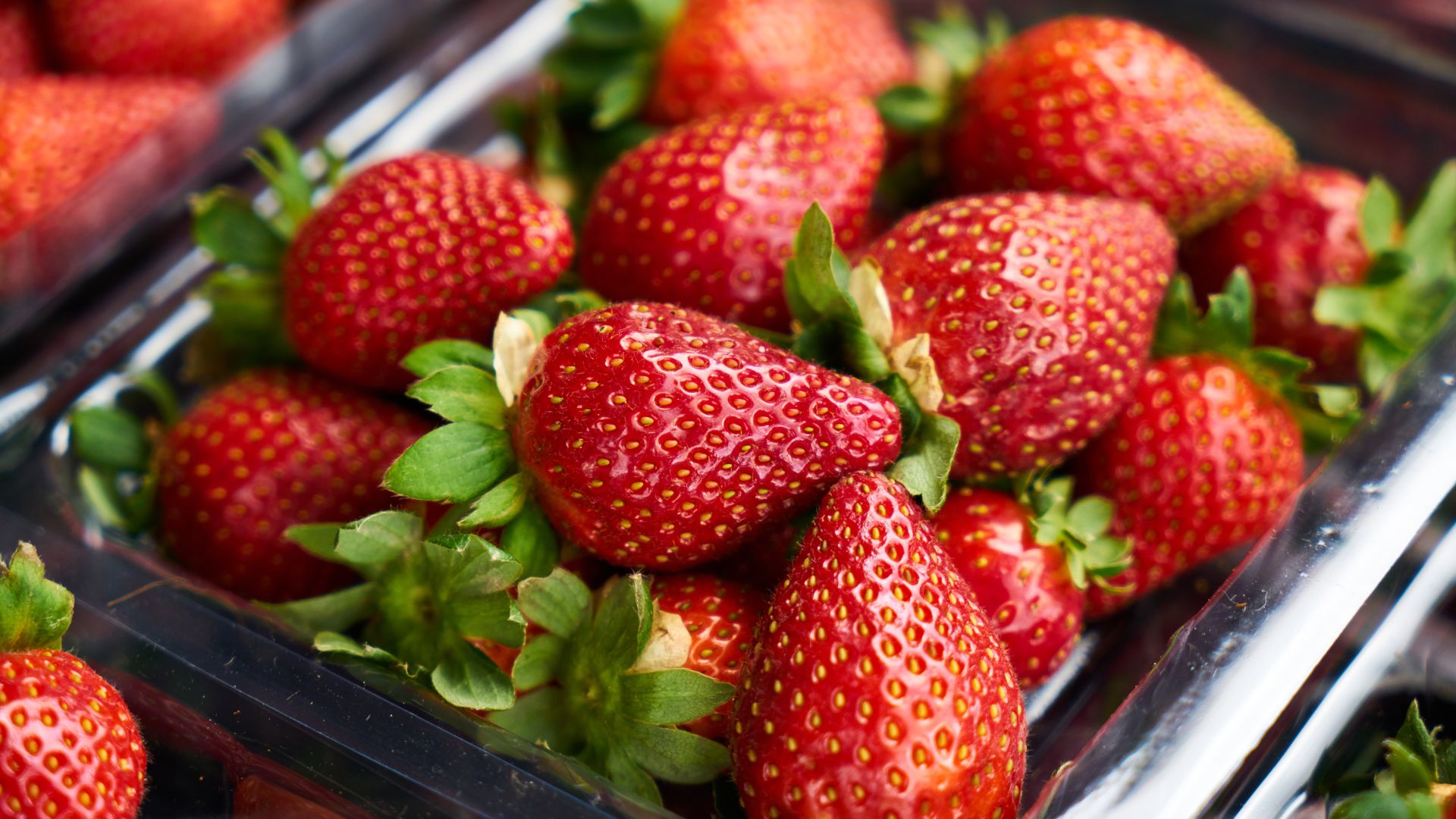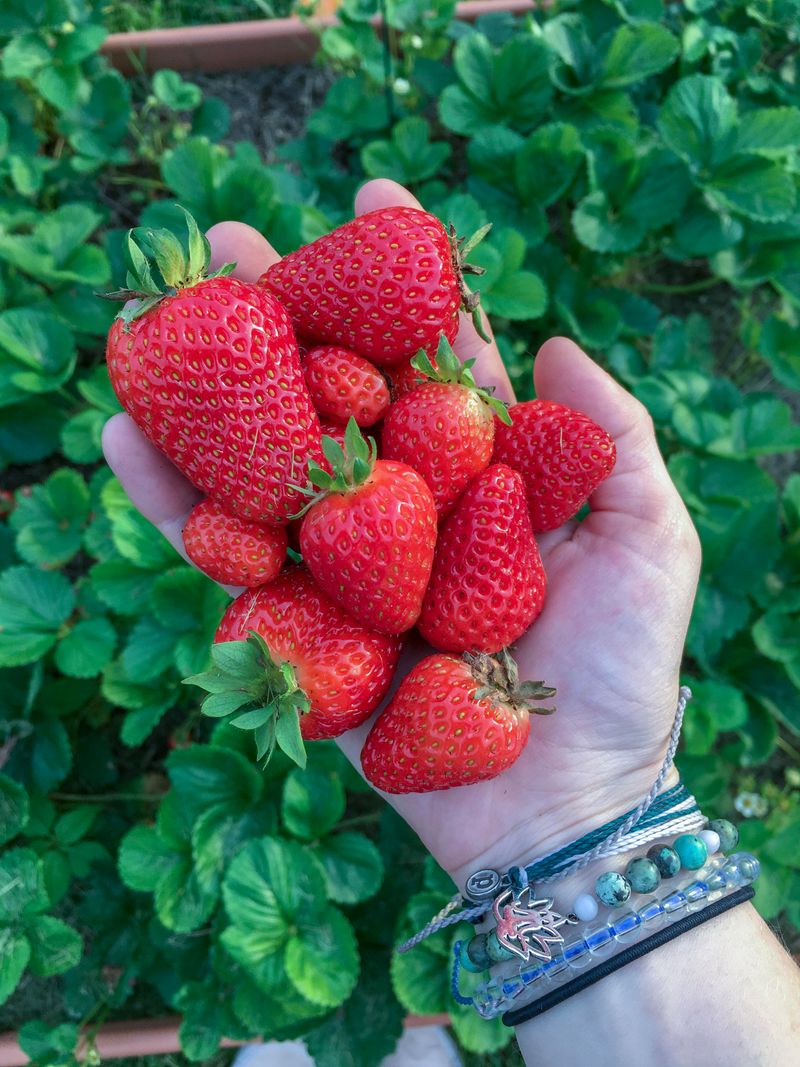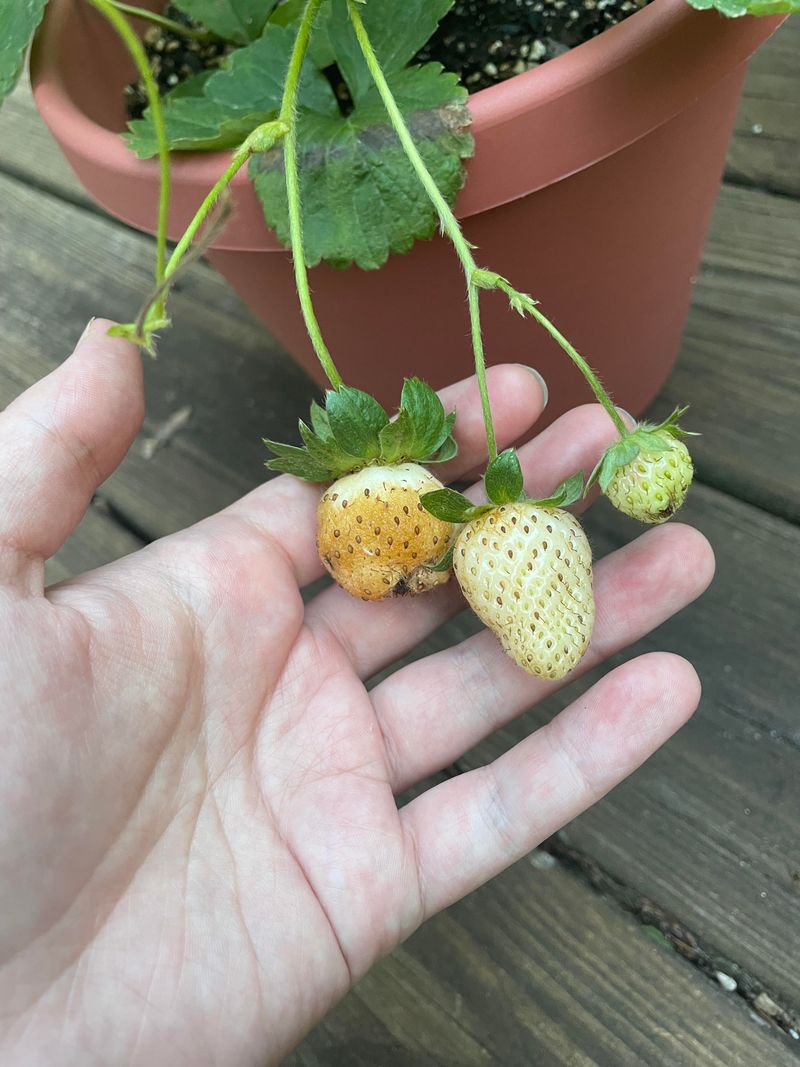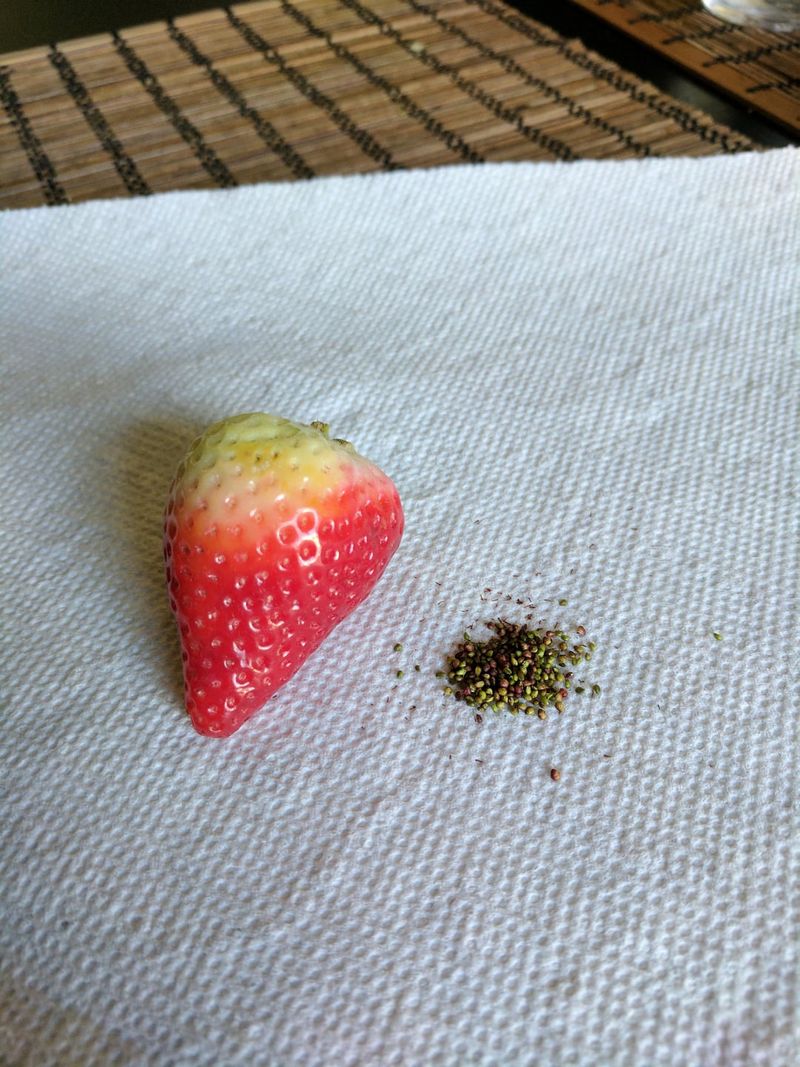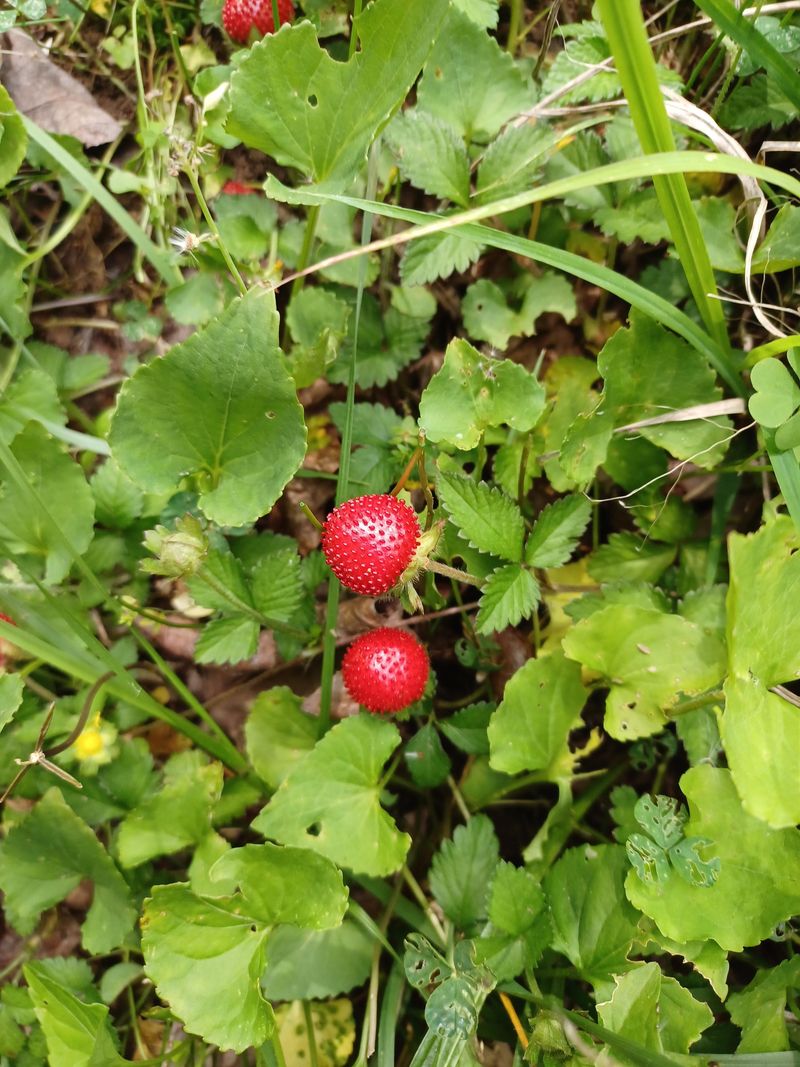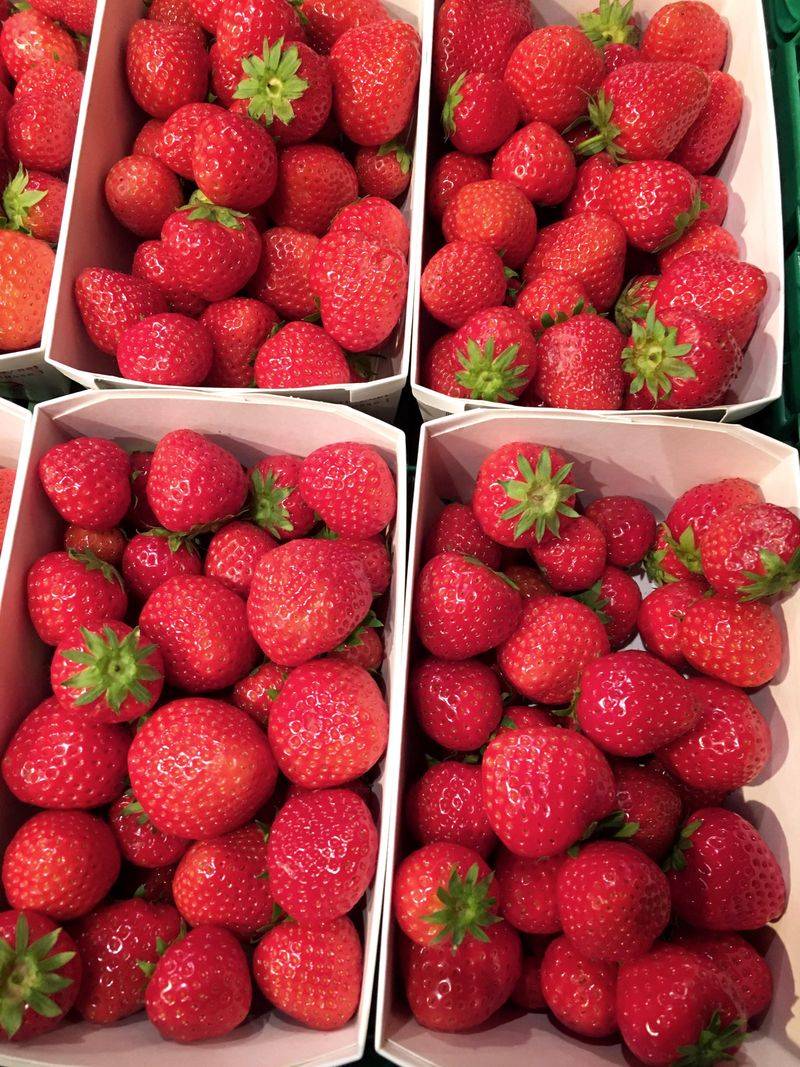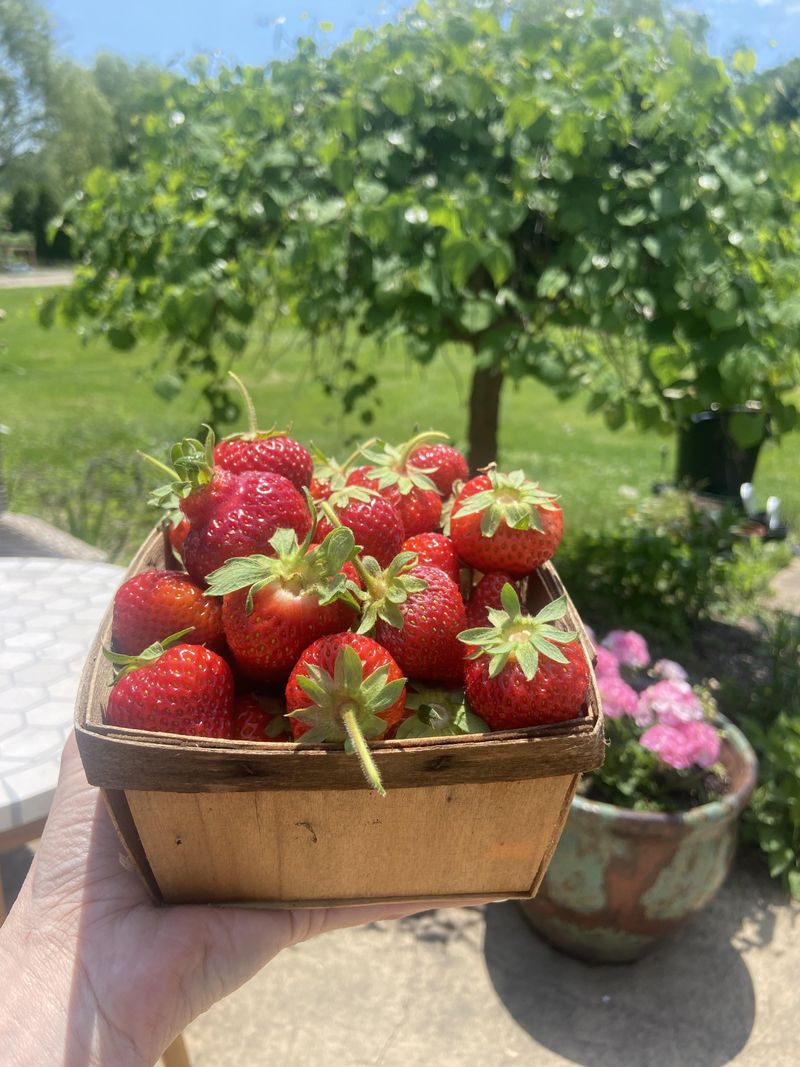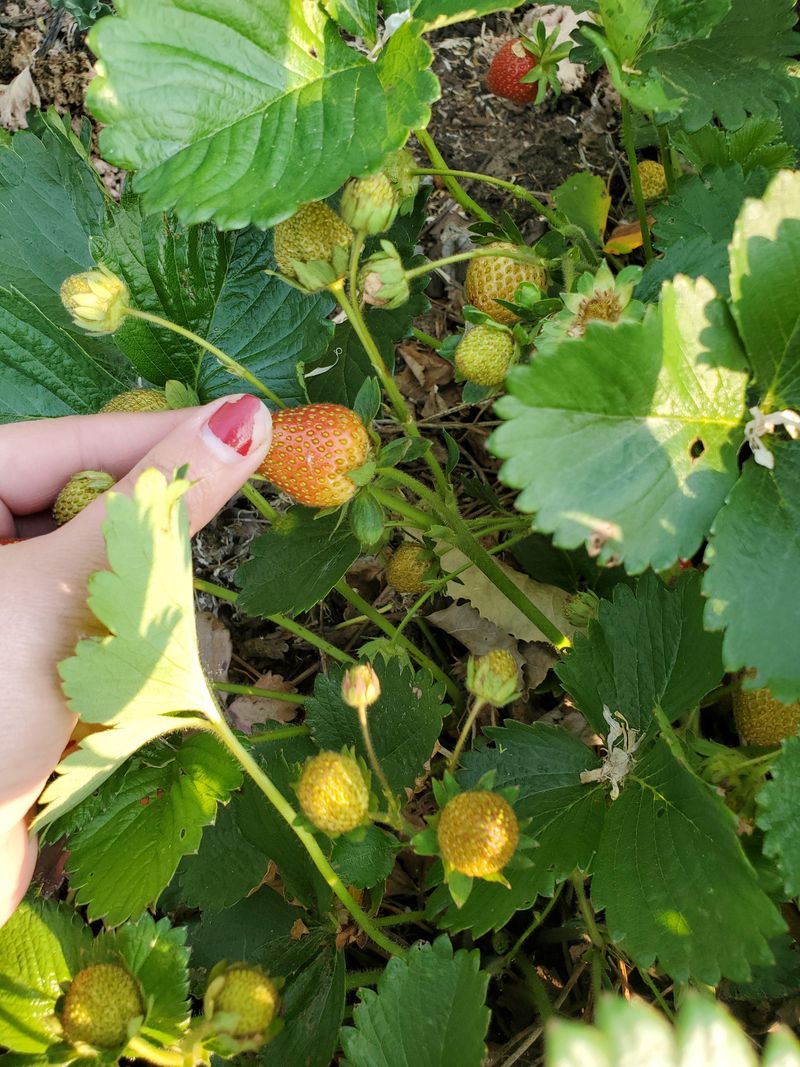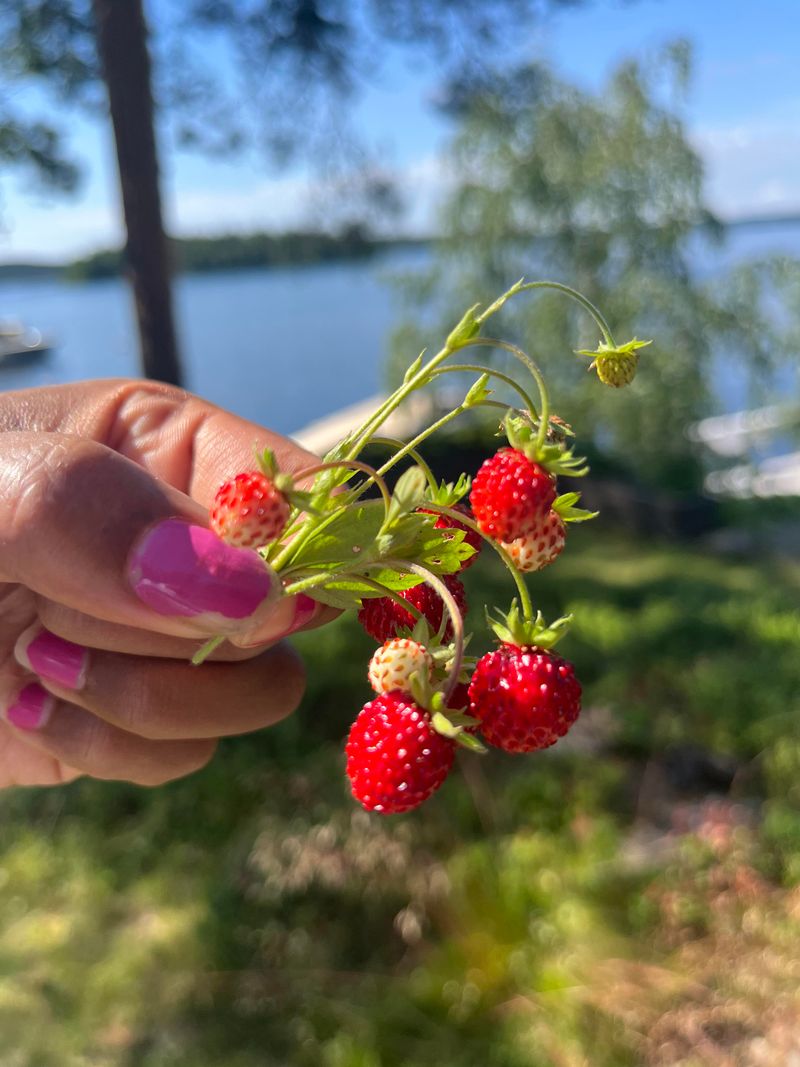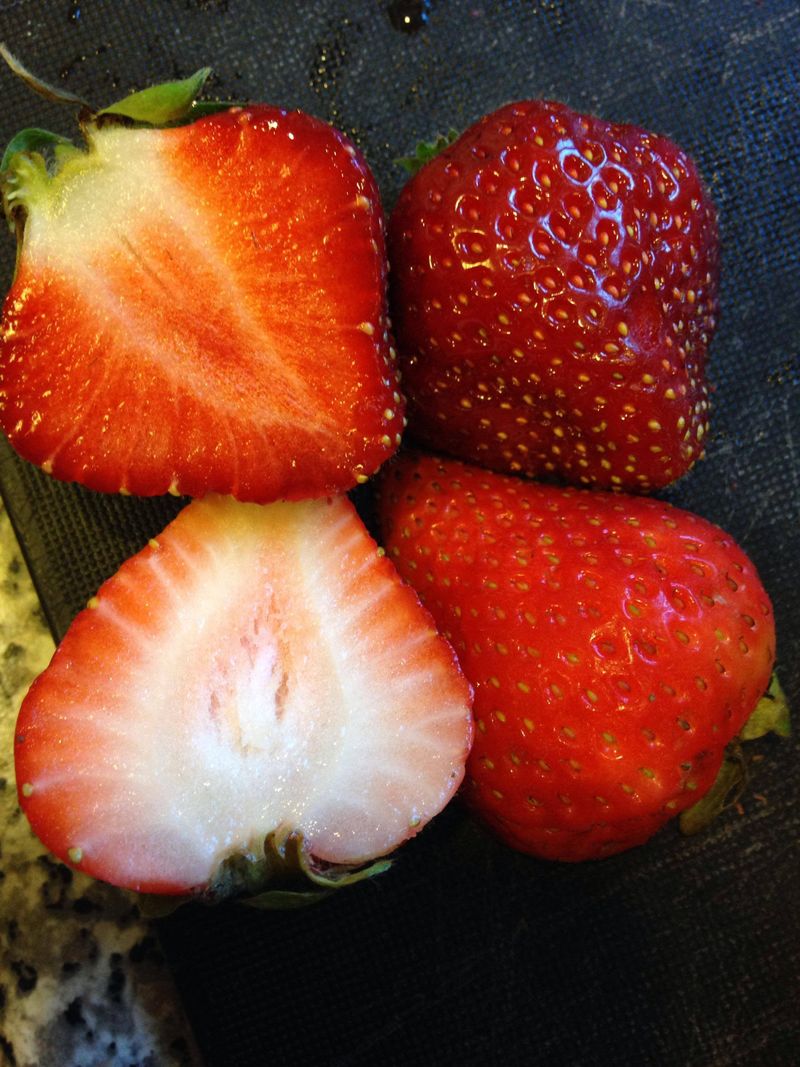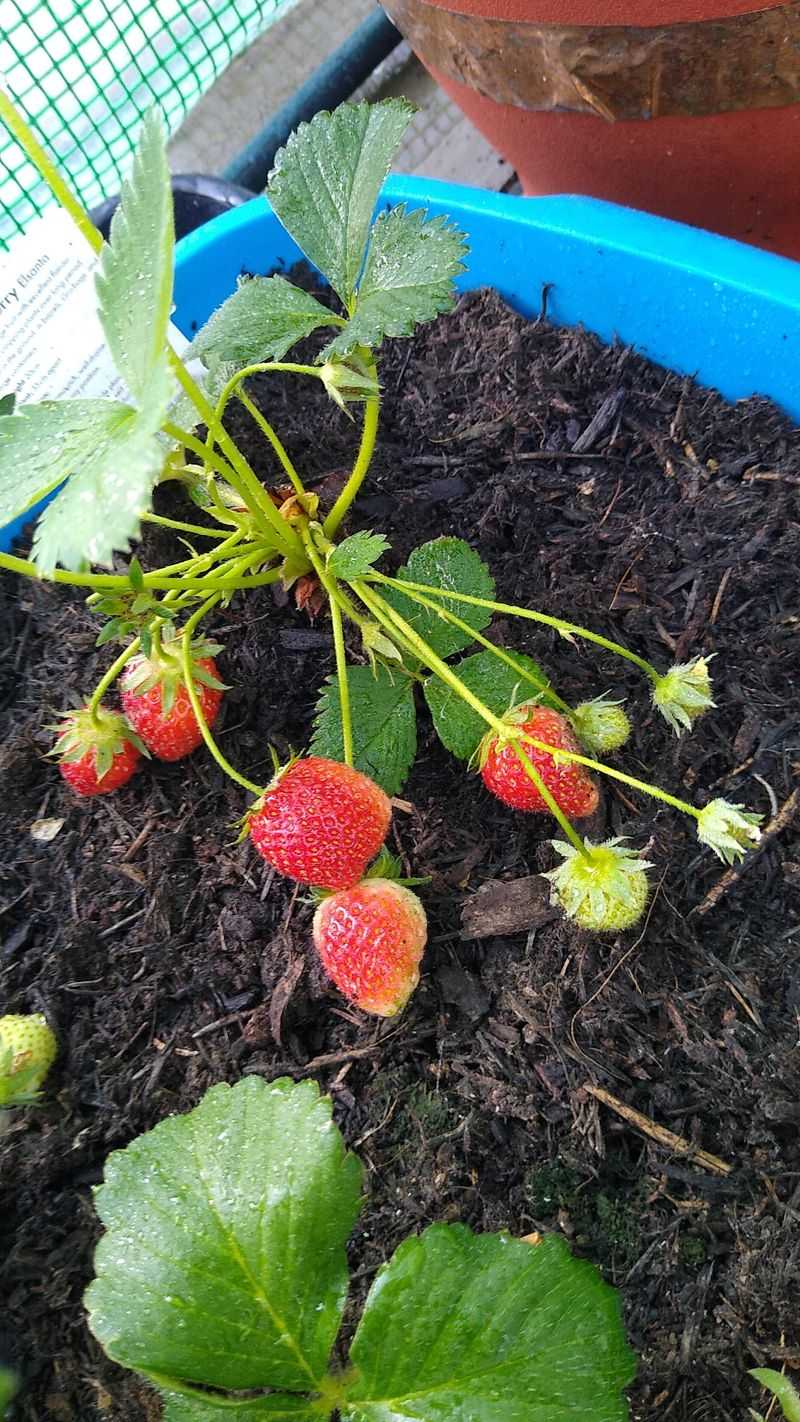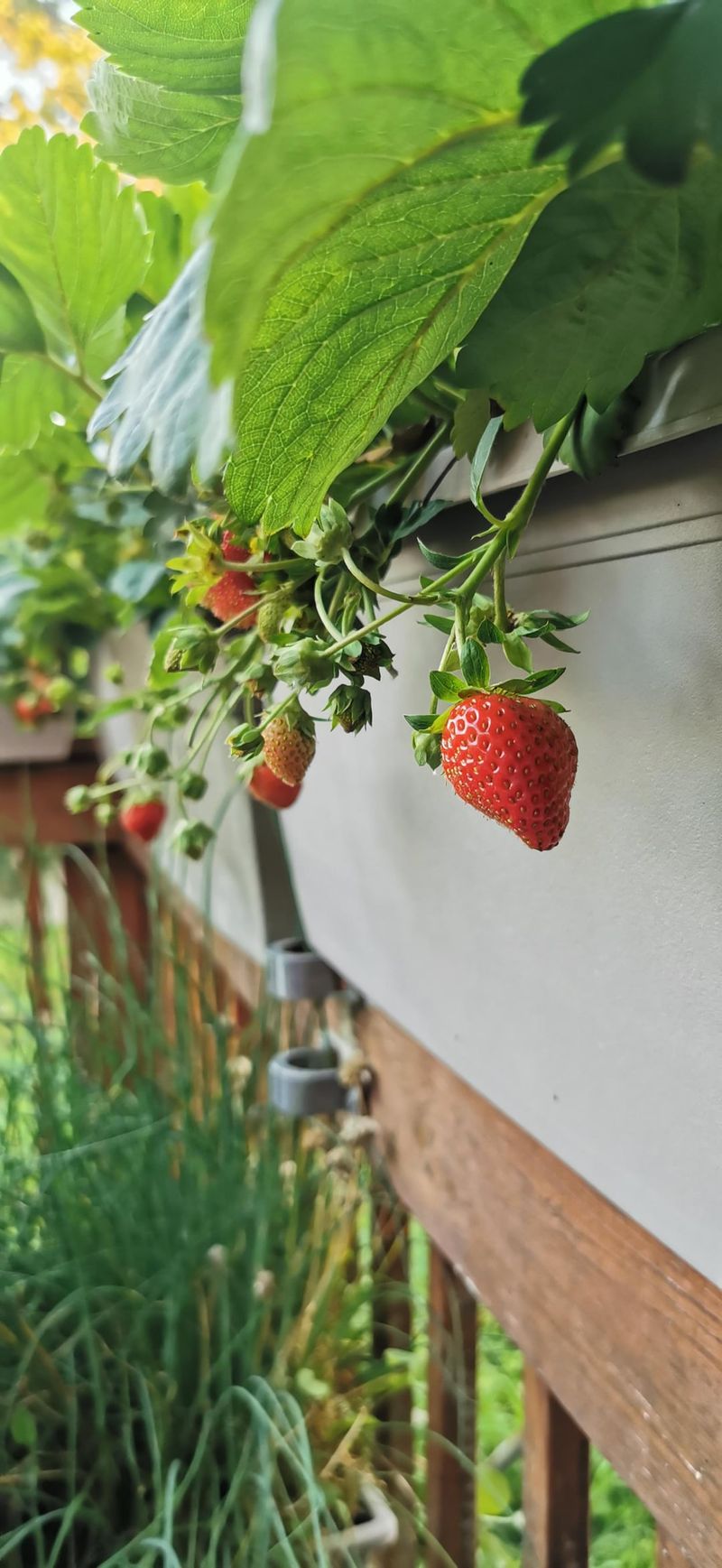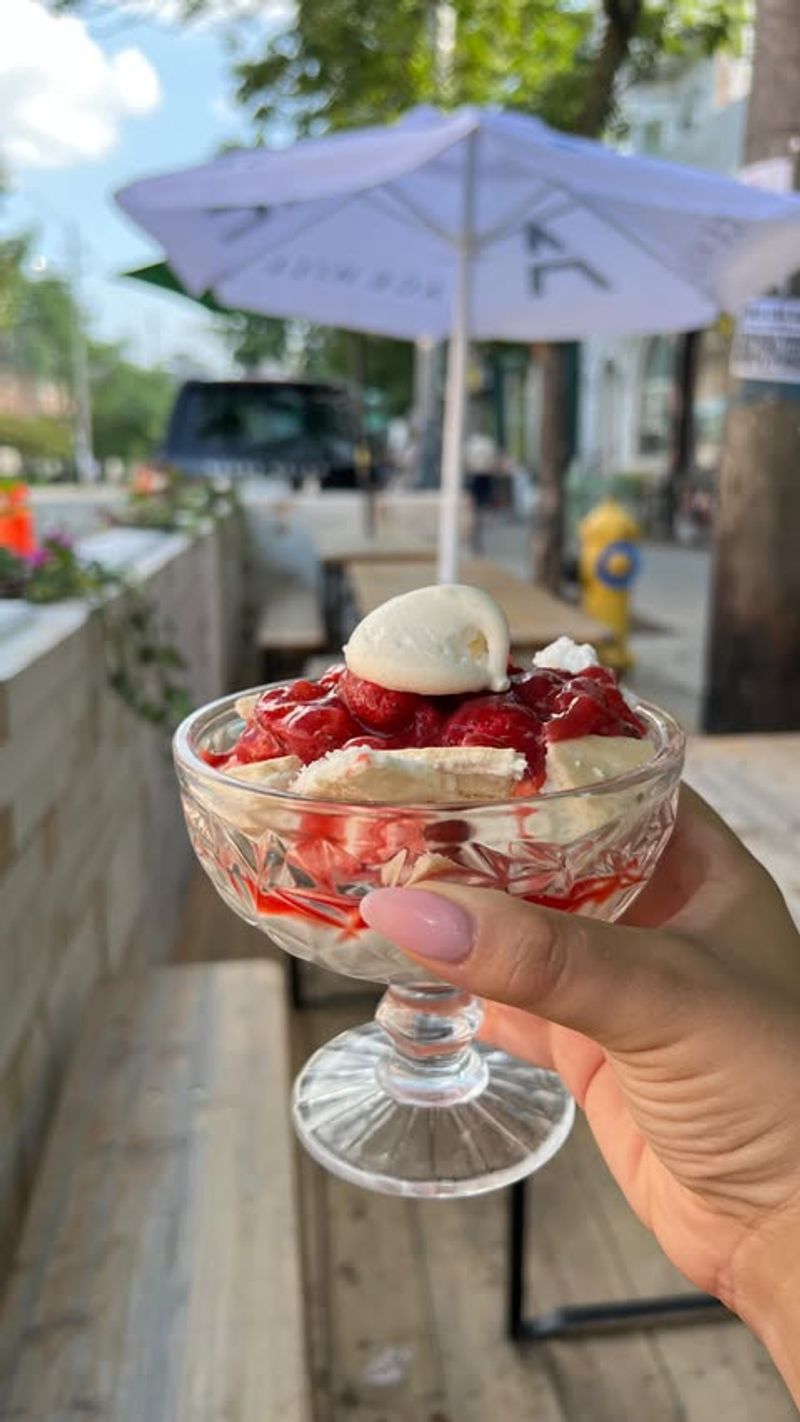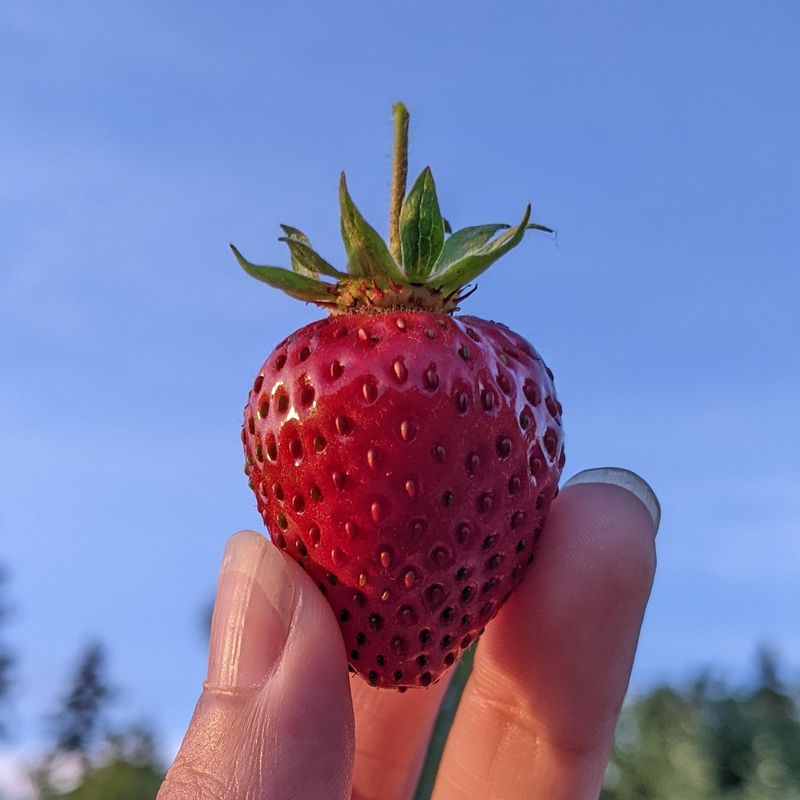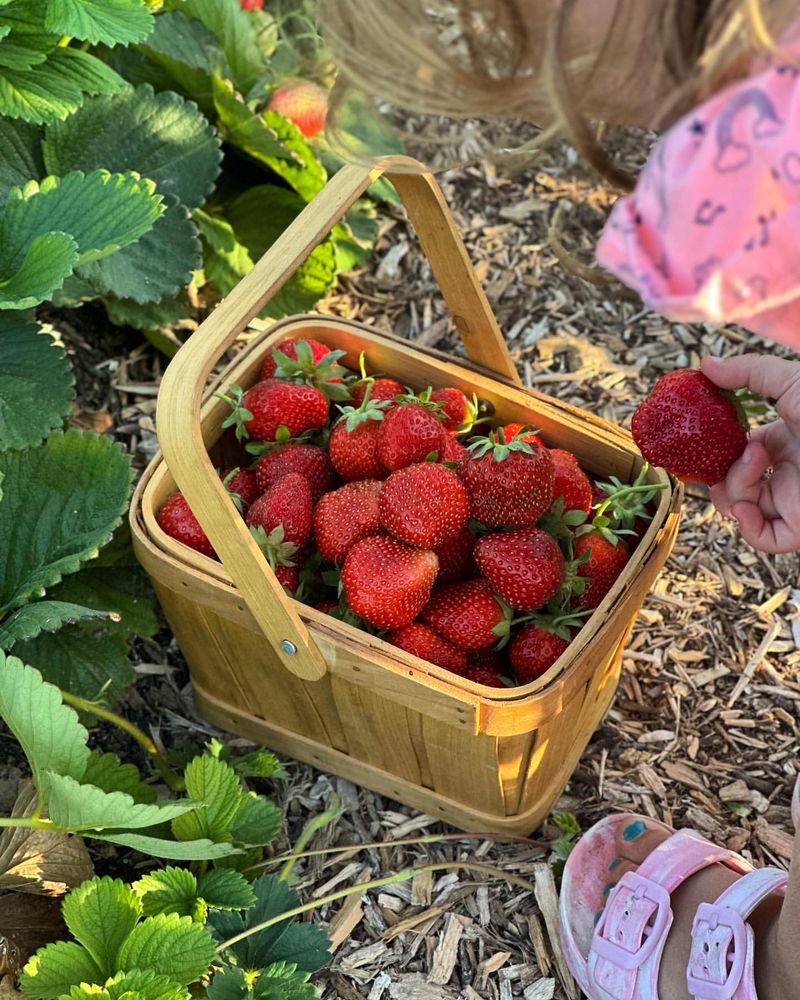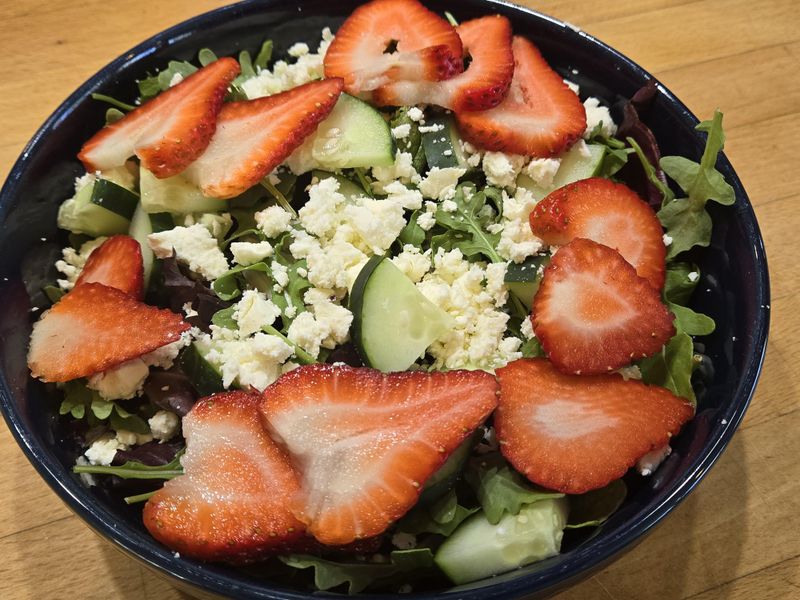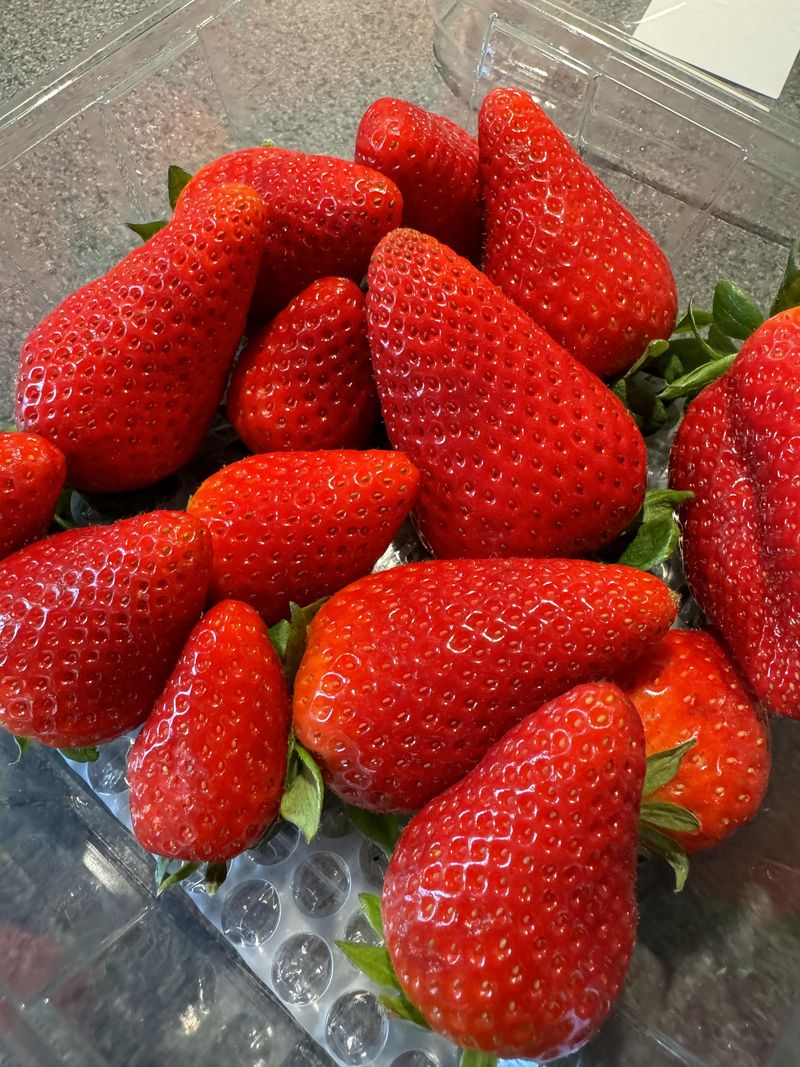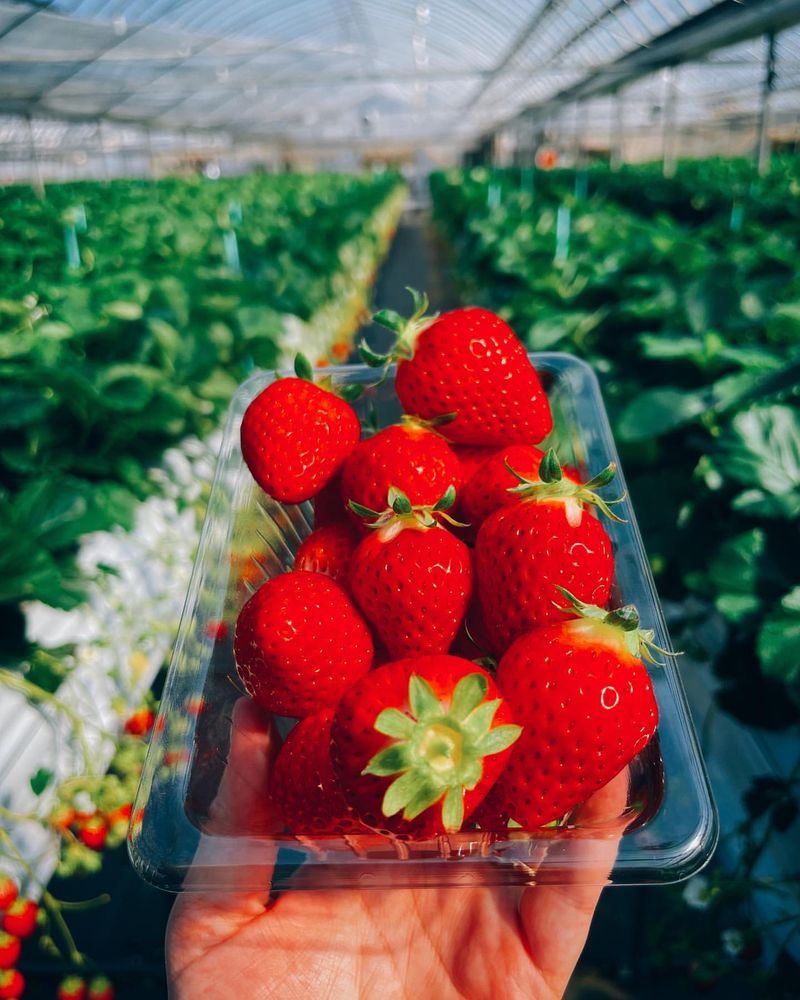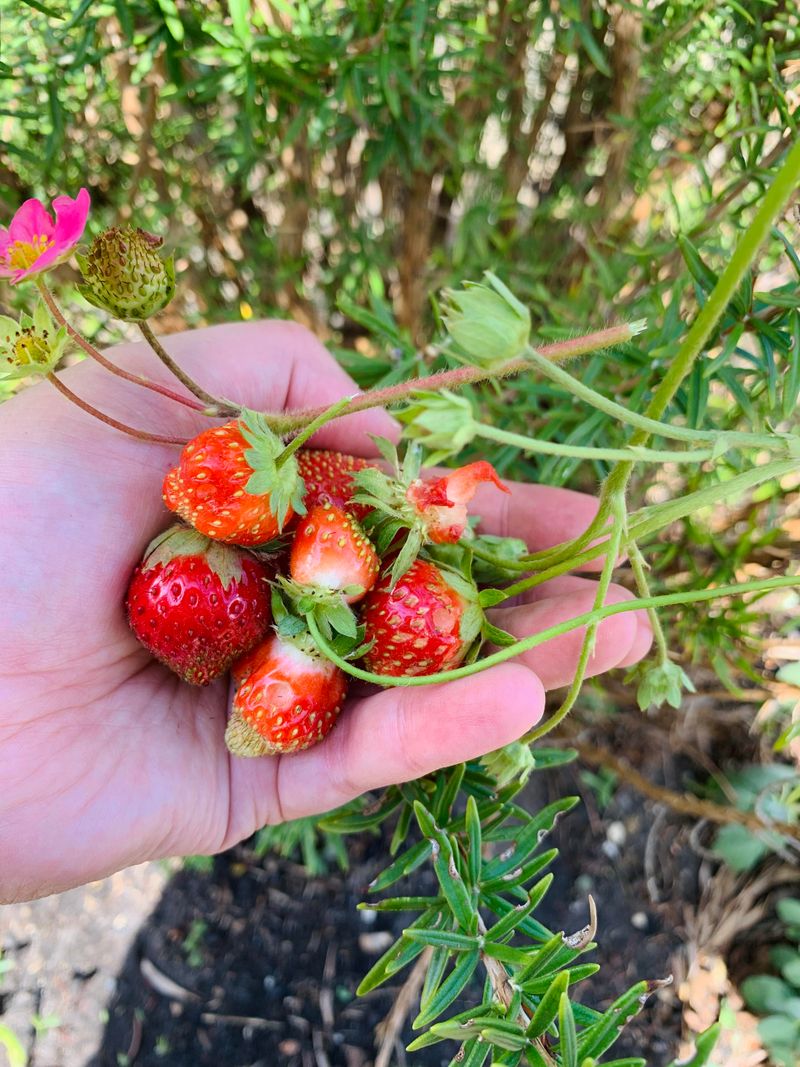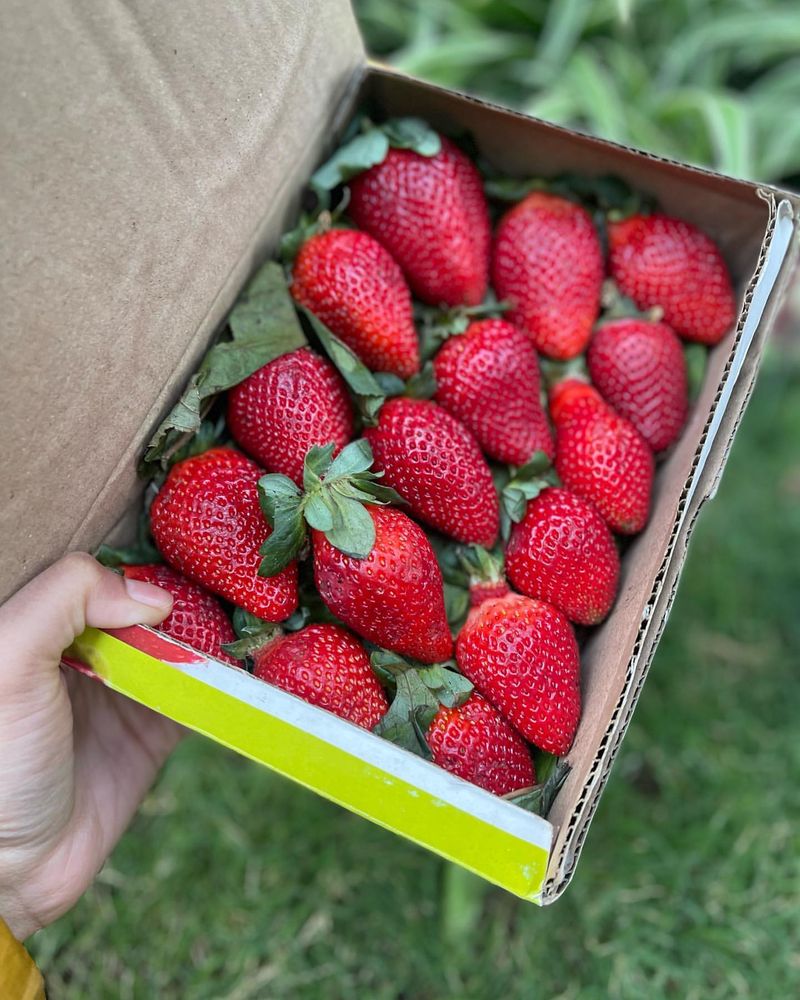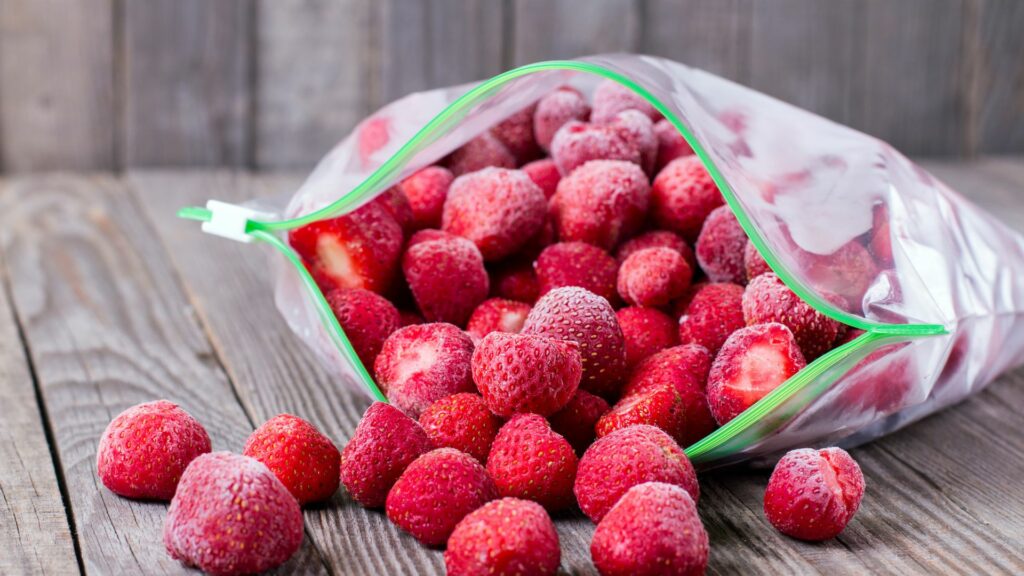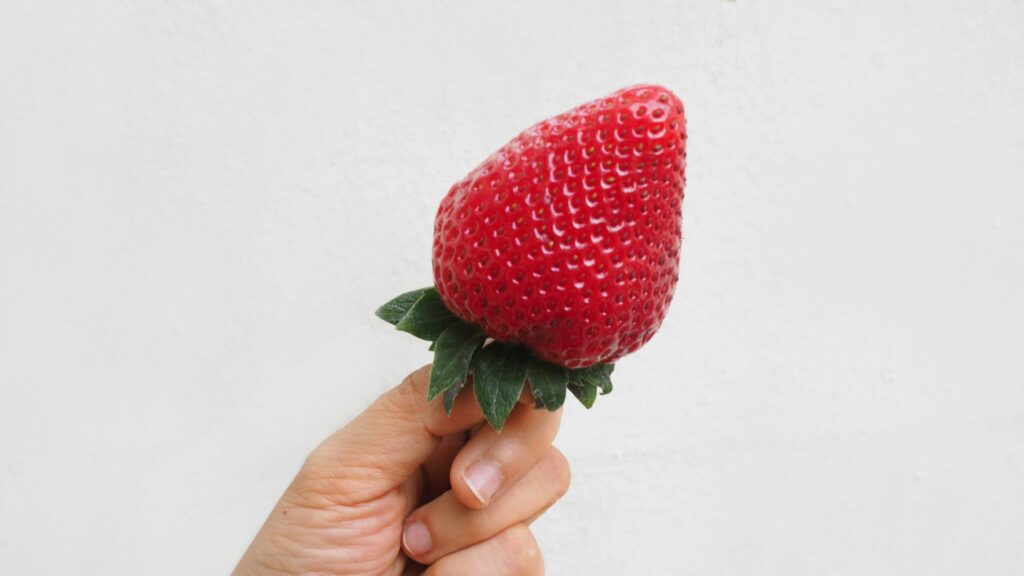Strawberries are sweet, juicy, and a favorite in many gardens, but did you know there are a bunch of myths surrounding these delicious fruits? From how they grow to what’s inside them, some of the common facts we’ve always believed about strawberries might actually be wrong.
It’s time to set the record straight and uncover the truth behind some of the most popular misconceptions. Prepare to be surprised as we debunk 22 false facts about strawberries you probably thought were true!
1. Strawberries Are Berries
Contrary to popular belief, strawberries aren’t true berries. True berries, like blueberries, have seeds inside and come from a single ovary.
Strawberries, on the other hand, develop from a flower with multiple ovaries and have seeds on the outside. This quirky fact flips the berry world upside down, doesn’t it?
Next time you enjoy a handful of mixed berries, chuckle at the irony of strawberries posing as berries. It’s a delightful twist in the world of fruits that even Mother Nature might find amusing!
2. Strawberries Are Always Red
Believe it or not, strawberries aren’t always red! While the vibrant red hue is iconic, strawberries can also be white or yellow. These unusual varieties are just as delicious, offering a sweet surprise to those adventurous enough to try them.
Imagine the bewilderment on a friend’s face when you serve them a white strawberry! It’s a colorful revelation that defies the fruity norm and adds a splash of excitement to any dessert.
3. Strawberry Seeds Are Seeds
Those tiny specks on strawberries aren’t seeds but tiny fruits called achenes. Each achene contains a seed, making them the true fruit of the strawberry plant. The red part we love to eat is a fleshy receptacle, an unusual twist in the fruit world.
Isn’t it fascinating how something so small can change your whole perception of strawberries? It’s a seedless surprise that keeps on giving, and a fun fact to share at your next fruit salad party!
4. Wild Strawberries Taste Better
While wild strawberries are charming, their flavor isn’t always superior. Cultivated varieties are bred for their enhanced sweetness and size. Wild ones can be tart and less juicy, offering a different experience.
Embark on a taste adventure, and you’ll find that cultivated strawberries have a delightful consistency that’s hard to beat. It’s a juicy journey that challenges the notion that wild is always better.
5. Strawberries Are High In Sugar
Surprisingly, strawberries aren’t as sugary as they taste. They contain more water and less sugar compared to many fruits. Their natural sweetness comes from a perfect blend of sugars, acids, and aromatic compounds.
Enjoying strawberries guilt-free is a treat, and knowing they’re not sugar-laden makes them even sweeter. It’s a calorie-conscious delight that turns dessert into a healthy indulgence!
6. Strawberries Need Plenty Of Sun
While strawberries do enjoy sun, they can thrive in partial shade too. Some varieties are quite content with less direct sunlight, adapting to different environments.
Imagine growing strawberries in a cozy corner of your garden, sheltered from the sun’s harsh rays. It’s a gardening revelation that offers more flexibility than you might think, making strawberry cultivation accessible to more aspiring gardeners.
7. All Strawberry Plants Bear Fruit
Not every strawberry plant is destined to bear fruit. Some are grown for ornamental purposes, boasting pretty flowers without producing strawberries.
Picturing a garden full of flourishing greenery with nary a berry in sight is quite the twist. It’s a floral fantasy that challenges the expectation of fruit-bearing abundance, adding a decorative touch to any garden.
8. Strawberries Are The Sweetest Fruit
While strawberries are sweet, many fruits surpass them in sugar content, like mangoes and grapes. Their charm lies in their balanced flavor rather than sheer sweetness.
Imagine biting into a mango and feeling strawberries pale in comparison. It’s a fruit flavor fiesta that highlights strawberries’ unique culinary role, celebrating diversity in taste.
9. Strawberries Are Best Fresh
Fresh strawberries are delightful, but other forms are equally enjoyable. Strawberry jams, dried strawberries, and chocolate-covered varieties offer unique flavors.
Exploring these variations adds a delicious dimension to your strawberry experience. It’s a fruity foray into flavor that keeps you coming back for more, proving that strawberries shine in every form.
10. Strawberries Are Hard To Grow
Growing strawberries is often seen as challenging, but they are relatively low-maintenance. They adapt well to containers and gardens, making them accessible for beginners.
A thriving strawberry patch in your backyard, growing with minimal effort, is a gardening success that inspires anyone to give it a try and enjoy these delicious fruits.
11. Strawberries Are Native To All Continents
Though not native to all continents, strawberries have made their way across the globe, starting in Europe and the Americas and slowly spreading everywhere.
Their journey through different cuisines tells a fascinating story, revealing the rich history and cultural impact of these beloved fruits.
12. Strawberries And Cream Originated In England
The classic pairing of strawberries and cream might not have its roots in England. Various cultures have enjoyed similar combinations, making its origin more diverse.
Visualize a table set with strawberries and cream, transcending borders and traditions. It’s a culinary delight that unites diverse tastes under one delicious banner.
13. Strawberries Are Pesticide-Free
The delicate nature of strawberries makes them a target for pests, often resulting in heavy pesticide use.
Choosing organic strawberries is an easy way to cut back on those chemicals. Not only does it benefit your health, but it’s also a small step toward supporting sustainable farming.
14. Strawberries Were Always Popular
In ancient times, strawberries weren’t the beloved fruit they are today. They often took a backseat to other fruits, overshadowed by their more popular counterparts.
Back then, they might’ve been tucked away in a corner of an ancient market, a reminder of how tastes and trends in the fruit world have evolved over time.
15. Strawberries Are Only For Dessert
Though often associated with sweets, strawberries pair well with savory dishes. Their versatility shines in salads and gourmet creations.
Envision a savory strawberry salad, bursting with unexpected flavors. It’s a culinary adventure that breaks the dessert-only stereotype, inviting strawberries into diverse taste explorations.
16. Strawberries Have No Nutritional Value
Packed with vitamins, antioxidants, and fiber, strawberries are far from lacking in nutritional value. They’re a healthful addition to any diet.
A fresh plate of strawberries offers more than just taste; it’s a simple way to nourish your body and boost your health.
17. Strawberries Are Allergic To Everyone
While some people have strawberry allergies, it’s not a universal issue. Most enjoy strawberries without adverse reactions.
Envision savoring strawberries without worry, knowing allergies affect only a small fraction. It’s a reassuring reminder that strawberries can be a delightful treat for many.
18. Strawberries Were Named After Straw
The name “strawberry” doesn’t come from straw. It likely derives from “strewn,” referring to the way strawberries spread along the ground.
Picture a field of strawberries, their vines stretching whimsically. It’s a curious etymology that adds charm to their name and fuels linguistic curiosity.
19. Strawberries Are An Aphrodisiac
Though often linked to romance, strawberries lack scientific backing as an aphrodisiac. Their appeal lies more in cultural associations than chemistry.
Imagine strawberries at a romantic dinner, more symbolic than scientific. It’s a delightful association that adds flavor to love stories, regardless of its factual basis.
20. Strawberries Are Perennial Everywhere
Not all strawberries are perennial, and their growth largely depends on the climate they’re in. In some areas, they thrive as annuals, while in others, they can come back year after year.
It’s fascinating to see how these resilient plants adjust to different environments. Whether they’re planted in warm or cooler regions, strawberries prove just how adaptable and determined they are, making them a global favorite.
21. Strawberries Can’t Be Frozen
Many believe strawberries lose all their flavor and texture when frozen, but that’s only partially true. While they do soften, frozen strawberries retain their flavor and are perfect for smoothies, sauces, and baking.
Picture a stash of frozen strawberries ready to transform your next breakfast bowl or dessert. It’s a freezer-friendly secret that makes strawberry season last all year long.
22. Bigger Strawberries Taste Better
Size doesn’t always mean more flavor. In fact, smaller strawberries often pack a more concentrated, intense taste compared to their oversized counterparts, which can sometimes be watery.
Next time you’re at the market, don’t overlook the little ones — they might surprise you with their sweet punch. It’s a juicy reminder that great things really do come in small packages.

